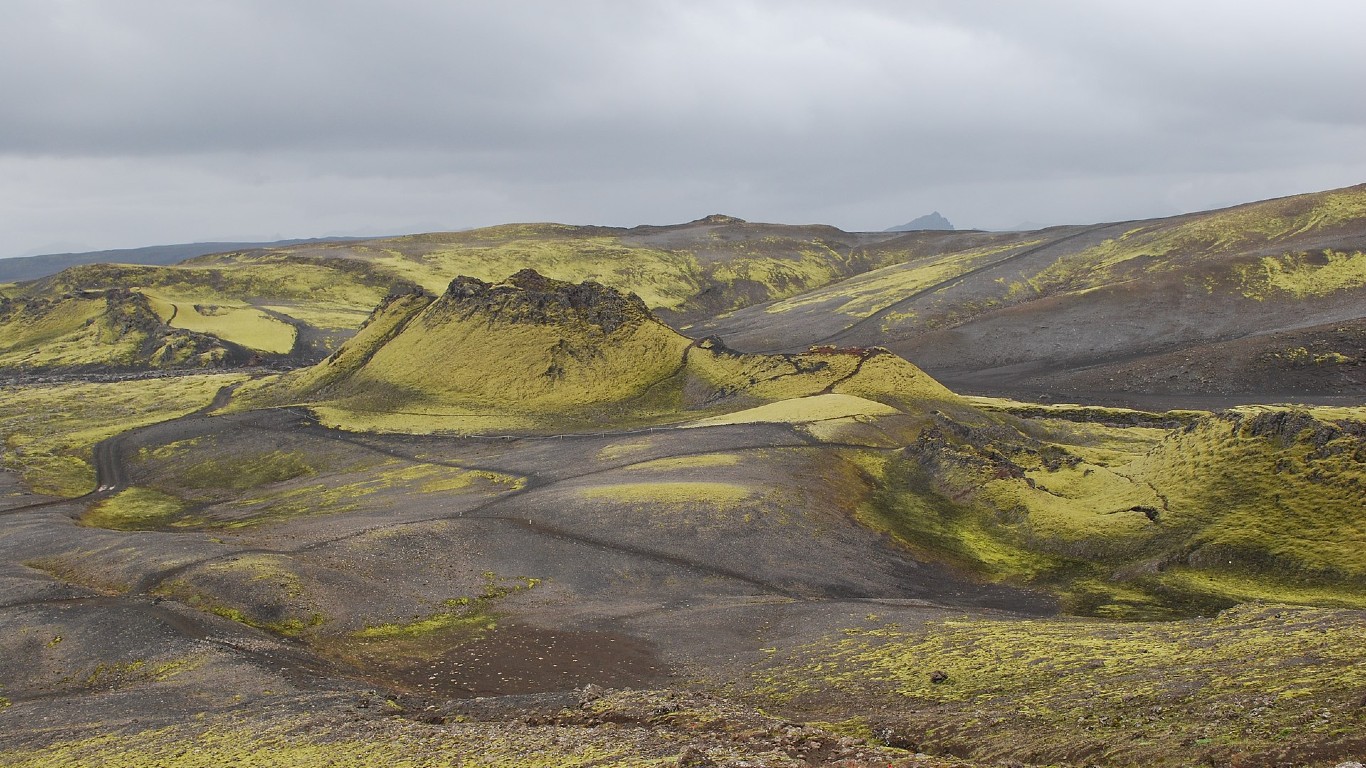7. Lakagigar (Laki), Iceland
> Year: 1783
> Est. deaths: 9,000
> Major causes of death: Starvation
The Lakagigar, or Laki, volcano began spewing lava on June 8, 1783, tearing a 27-kilometer fissure through the landscape. The eruption continued until Feb. 7, 1784, enveloping the European continent in a dry fog. Europeans also reported a sulfuric smell and blood red sunsets, unaware the atmospheric changes were due to a volcanic eruption.
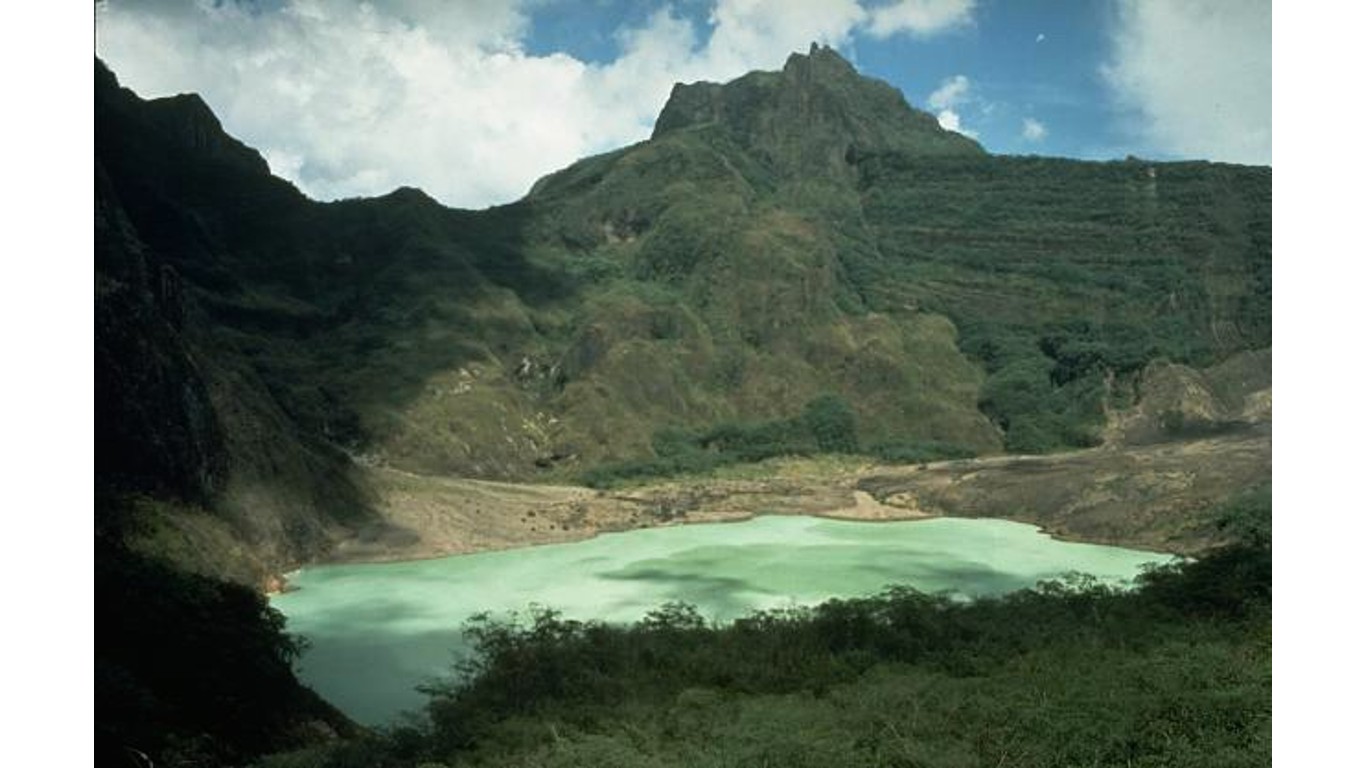
6. Kelut, Indonesia
> Year: 1586
> Est. deaths: 10,000
> Major causes of death: n/a
One of Indonesia’s most active volcanoes, Mount Kelut erupted in 1586, causing 10,000 deaths. The volcano continued to be active and destructive since that time. More recently, an eruption in 1919 killed 5,160, and in 2014, heavy ash from the volcano closed down several airports on Java.
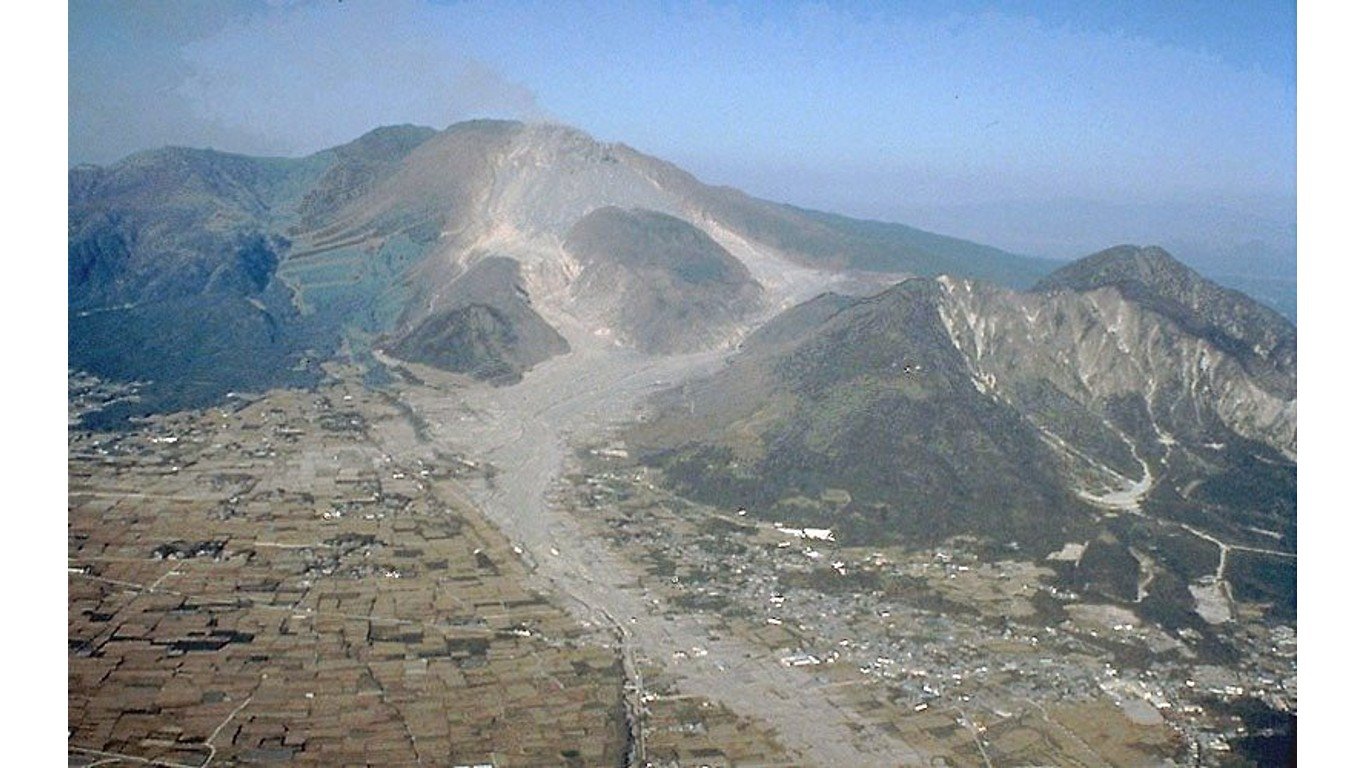
5. Unzendake, Japan
> Year: 1792
> Est. deaths: 15,000
> Major causes of death: Volcano collapse, tsunami
Also called Mount Unzen, the 1792 eruption of the Unzendake volcano was the worst in Japan’s history. A massive volcanic dome collapsed, causing landslides and a tsunami that killed 15,000. In 1990, Mount Unzendake began to spew lava flows again. Volcanic activity continued until the summer of 1993, when hot ash and gas destroyed more than 2,000 buildings in Shimabara City, located beneath the volcano.
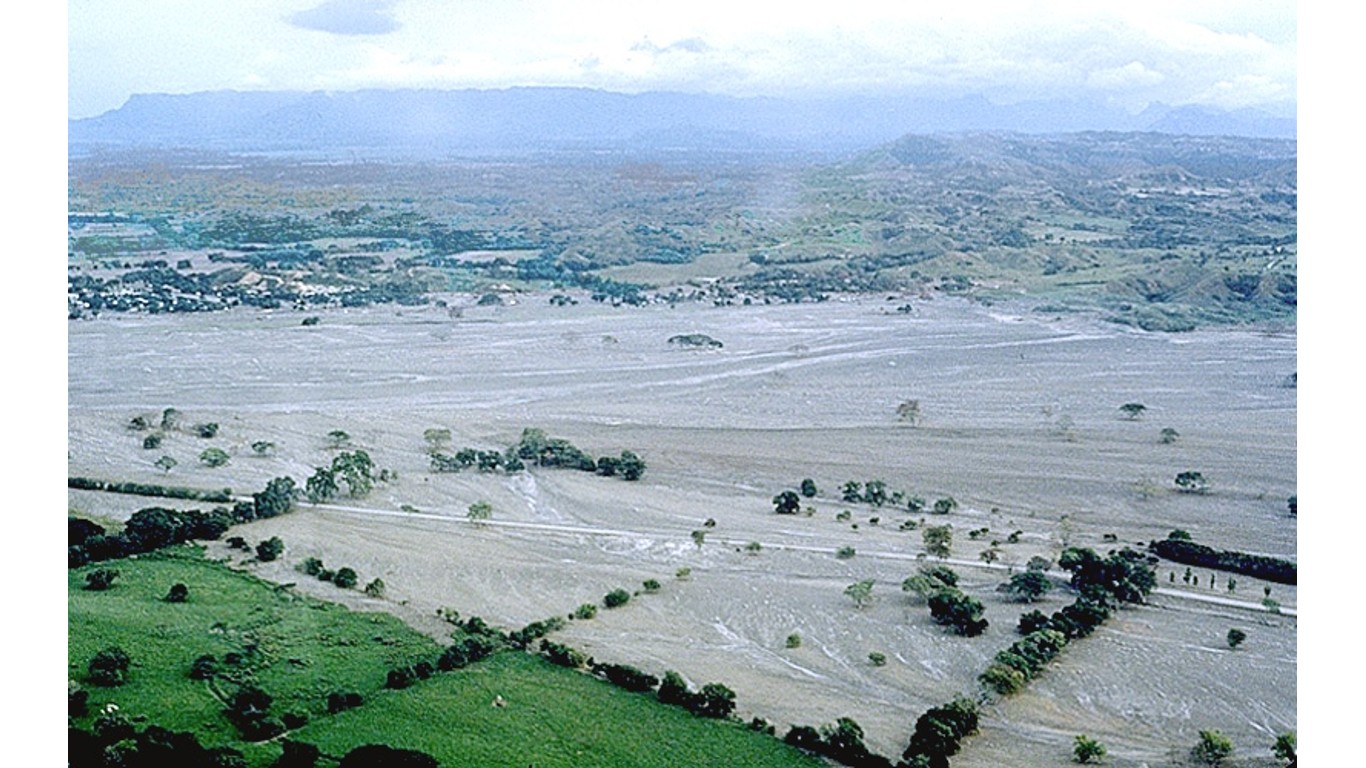
4. Nevado del Ruiz, Colombia
> Year: 1985
> Est. deaths: 25,000
> Major causes of death: Mudflows
Located just 130 kilometers from the capital city of Bogota, Nevado del Ruiz erupted on the morning of Nov. 13, 1985, sending a mixture of hot ash and lava into the skies. Destructive mudslides called lahars followed, sweeping through villages and the town of Armero. More than 23,000 died in what is considered Colombia’s worst natural disaster.
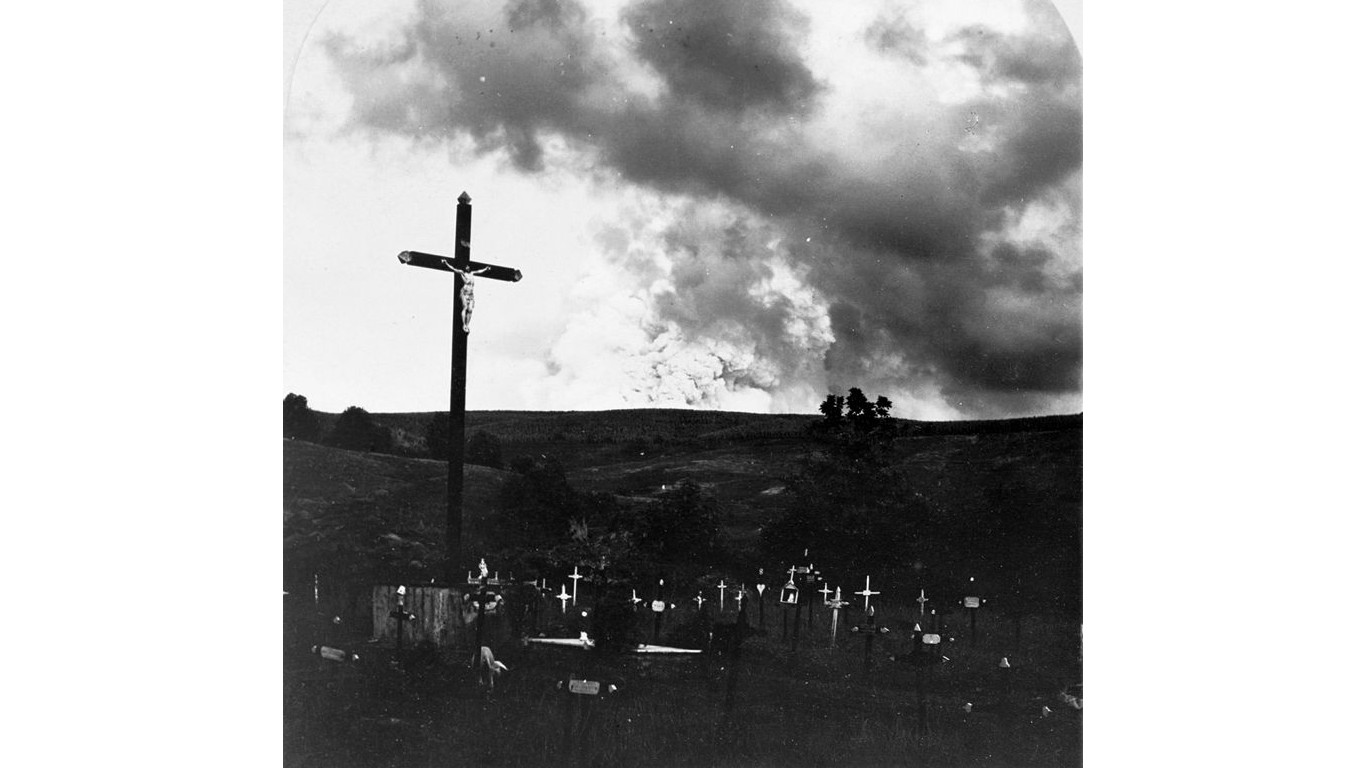
3. Mont Pelée, Martinique
> Year: 1902
> Est. deaths: 30,000
> Major causes of death: Pyroclastic flows
Residents of St. Pierre in Martinique thought of Mont Pelée as a “gentle giant.” Soaring 1,400 meters above the bustling city, the volcano was mostly quiet for half a century, only spewing a small amount of ash in 1851 and causing a few minor mudslides over the years. That all changed in April 1902, when small tremors rocked the city and sulfurous fumes hit the atmosphere. On May 8, a blast of volcanic hot gas and debris destroyed the city of St. Pierre, killing 30,000.
